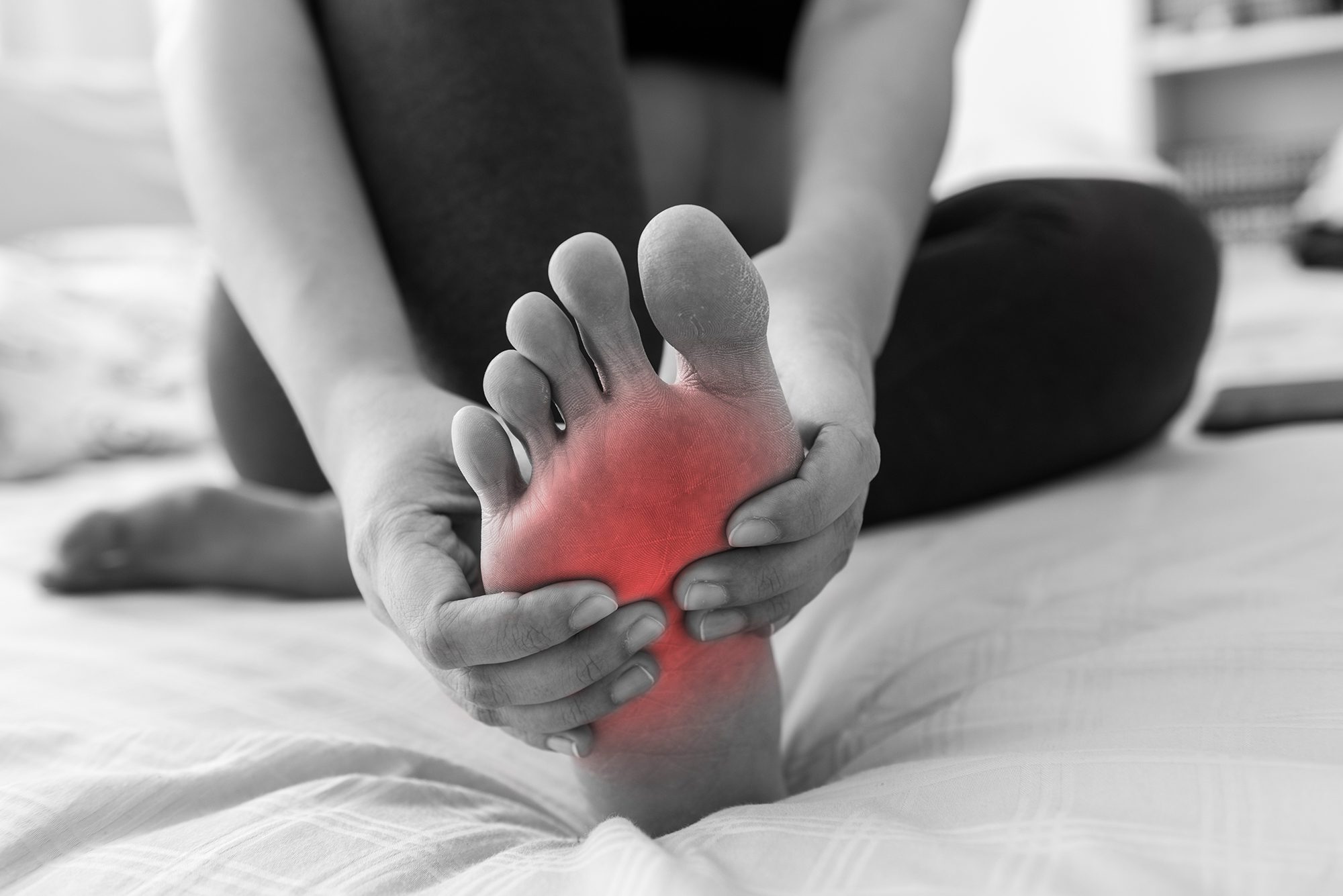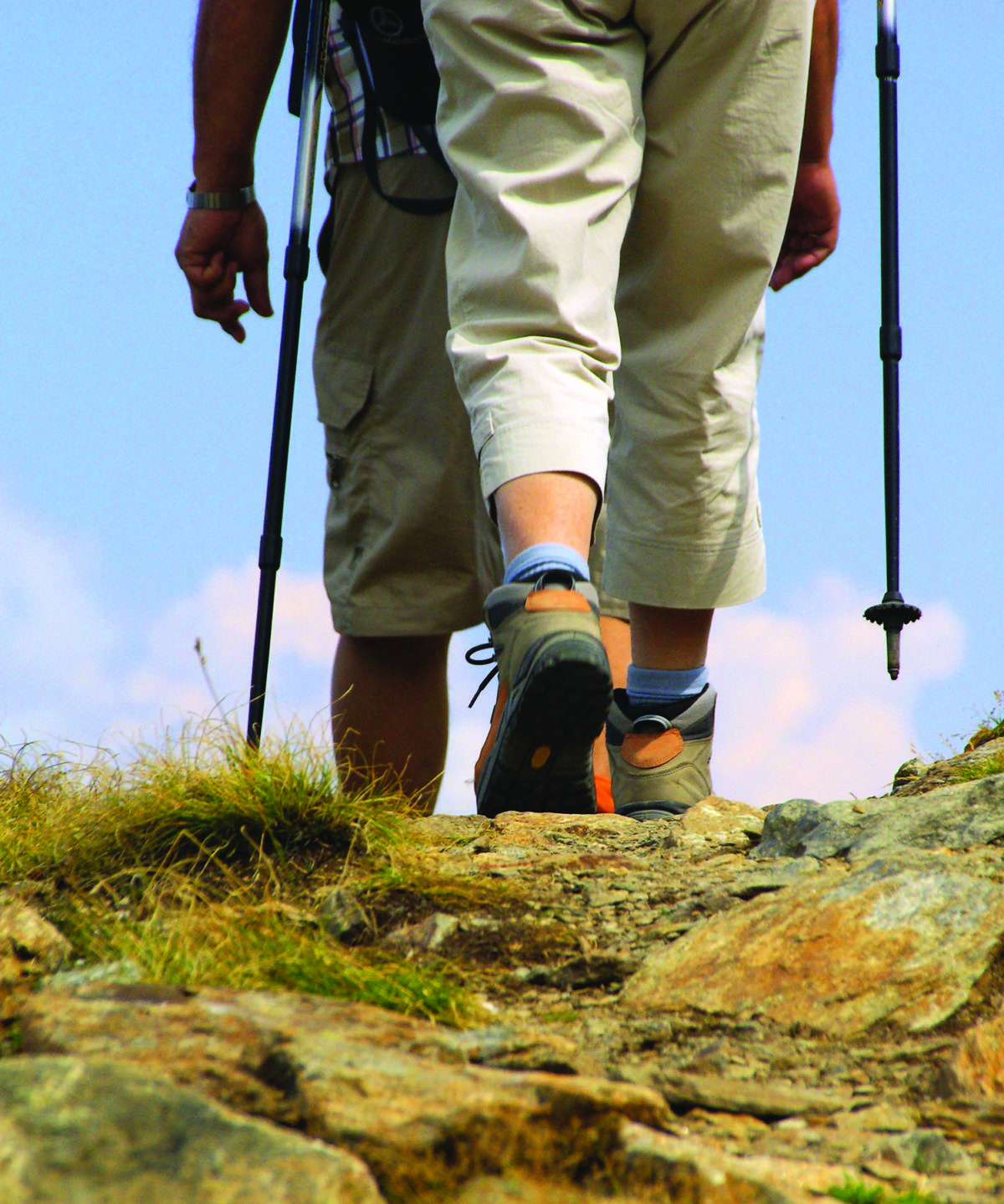Oh no! You stumbled over a rock on your morning hike and hurt your ankle. You awkwardly lifted the canoe into the back of your friend’s pickup and strain your shoulder. You tweak your knee while trying to get a hole-in-one on the disc golf course.
All of a sudden, your mind is racing. How badly are you hurt? Did you just throw a wrench in all the summer plans you’ve been looking forward to?
What now? You wonder if it’s bad enough to seek treatment or maybe you could just manage it on your own. Whether or not you decide to visit a medical provider, it still may be wise to administer some first aid before anything else.
But therein lies the question:
Ice? Or heat?
Here are some general guidelines to help you make the right decision next time you or a loved one are faced with this question.
Heat vs. Ice
Heat and ice play different roles in the treatment of injuries. Which one is best for you?
As a rule of thumb for most injuries, many providers recommend ice first, heat later. Most injuries cause your body to react with inflammation and swelling. Using ice can help your body to cool down, reduce swelling, and manage the inflammatory process.
On the other hand, heat causes an opposite reaction, potentially undesired in this situation. The increased blood flow caused by heat can exacerbate the swelling you’re already experiencing. The use of heat is more appropriate later on to decrease stiffness and facilitate improved tissue mobility as you rehab back to full health.
When to use ice
Ice should be applied to acute injuries as soon as possible after they occur. Getting the injured tissue to a colder temperature will help reduce swelling, manage pain, and possibly prevent further damage.
If you don’t have an ice pack immediately available, feel free to improvise. One of my patients used to report to me each session about his use of “medical peas.” In all honesty, a bag of peas may sometimes be even better than some ice packs. Bags of frozen peas (or other vegetables) are malleable and can wrap around a whole injury rather than a stiff ice pack which may be bulkier and stiffer.
I always recommend using ice for no more than 20 minutes at a time and then waiting at least 40 minutes before icing again. To avoid tissue damage, you want to ensure that your body returns to normal tissue temperature between bouts of ice. Keeping that in mind, feel free to ice as much as every hour if needed.
When to use heat
After the first few days, swelling should have peaked and you can begin to use heat to help decrease stiffness and improve your tissue’s mobility. (This does not apply to all injuries. Aches and pains related to bones or joints still respond best to ice.)
Heat is most beneficial to soft tissues and muscles. Heat loosens up muscle fibers and helps recover your range of motion. Heat increases blood flow and helps warm up your muscles so use heat before you start a workout or perhaps prior to your physical therapy session.
If you have a heating pad or hot tub, by all means, use that. Take a hot shower or bath but remember to make sure it’s not too hot. You may risk burning your skin if you’re not careful. Once again, if you don’t have a heating pad, you are able to improvise. For example, fill a cloth bag with rice and warm it up in a microwave. Or run a damp towel through the dryer and then apply it to the injured area.
Rule of Thumb
As you take this information and internalize it, you may still have questions about whether heat or ice is more appropriate for your injury. My general rule of thumb to answer this question is if you are sore and stiff, use heat. If you are sore and inflamed, use ice. And as always, if you have any questions regarding this information, please feel free to call the clinic and we would be happy to answer them.
Disclaimer: One of the most important things to determine right away is if you need to make a trip to see the doctor. Whenever you have an injury that you haven’t experienced before or perhaps an exacerbation of an old injury, it may very well be worth your time to seek medical expertise. Here at Peak, we offer free screens to address such issues that may arise. During these consultations, we will help you decide if physical therapy is right for you or if a trip to your primary care provider is warranted. As always, if it is an emergency, please call 911.




